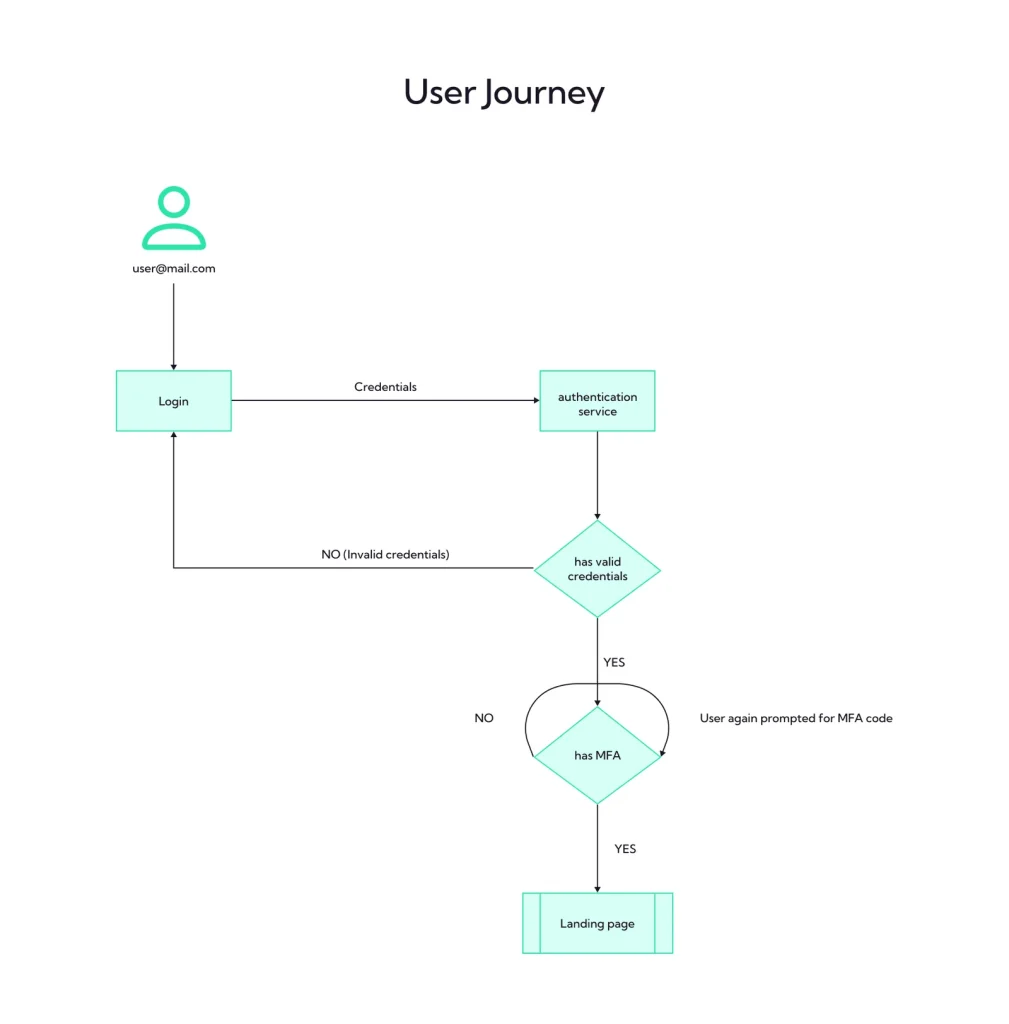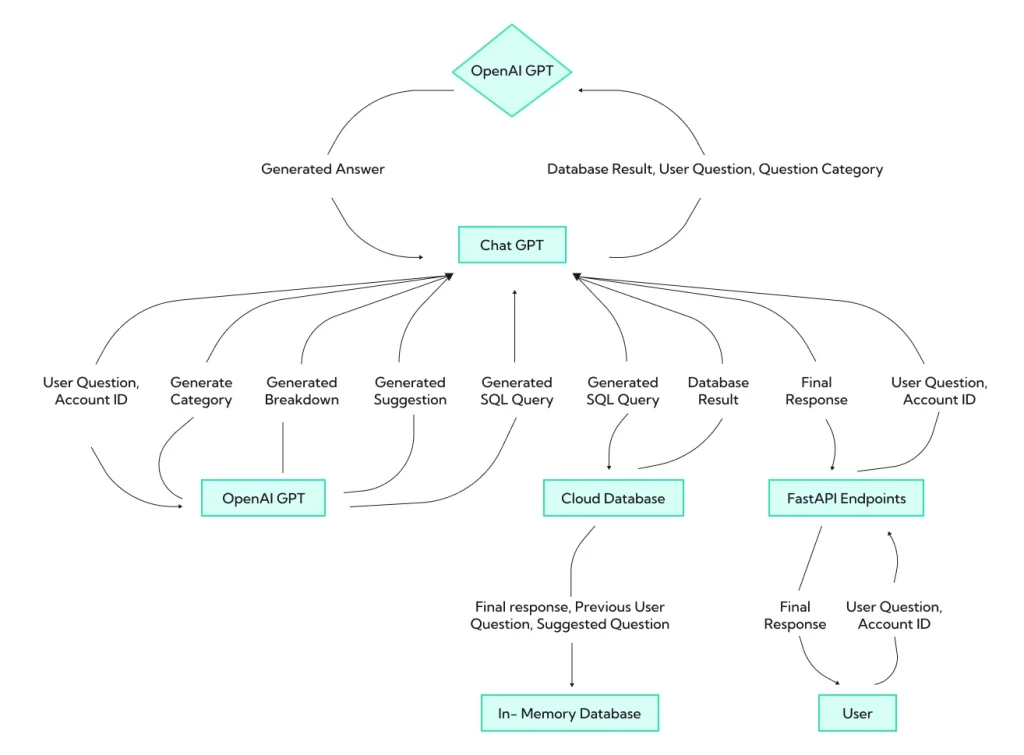The story
Our client, a rapidly growing startup in the food technology sector based in Sweden. They wanted to help restaurant owners with their orders and make things easier. But there was a big problem; restaurant owners had to deal with many different computer systems, and they needed a special app for phones.
The Challenge
The client’s customers, restaurant-owners, were struggling with managing orders across multiple third-party platforms. This situation was both agonizing and tedious for the restaurant owners. The client needed a unified solution that would seamlessly integrate all third-party platforms into a common system. Additionally, they required a hybrid mobile application that could work on both iOS and Android platforms.
The Solution
In response to the challenge, our dedicated technical specialists devised a comprehensive Restaurant Management System. This system included a Point of Sale platform that integrated multiple third-party channels. It provided restaurant owners with the speed and flexibility they needed to manage orders efficiently, along with other crucial tasks such as tracking, staff management, packaging, and cost control. The development team leveraged React Native to create a hybrid mobile application and built a fully customizable web application and ordering portals for restaurant owners. They also implemented data analytics, a Back Office tool, inventory management solutions, and a Kitchen Management System. To ensure a unified system for managing third-party orders, cloud integration was employed. DevOps engineers automated the infrastructure using Kubernetes, Vault, Jenkins, SonarQube, and other tools to enhance robustness.

The outcome
The outcome of the project was incredibly positive. Firstly, there were substantial cost savings achieved through the use of React Native, which not only reduced development expenses but also enabled the rapid launch of hybrid mobile apps for both IOS and Android platforms. The unified platform eliminated the need for restaurant owners to pay high third-party fees, resulting in significant financial relief. Secondly, our team’s “Customer First” approach ensured that restaurant owners received tailored solutions with service levels as high as 99%, enhancing their overall experience. Lastly, the introduced platform streamlined and automated various tasks, eliminating the need for time-consuming manual processes.
In summary, FiftyFive’s expertise and dedication successfully addressed the client’s challenges, delivering a unified Restaurant Management System and a versatile mobile app that brought about cost savings, efficiency improvements, and personalized solutions for restaurant owners.
Planning to outsource software development services?
Contact sales, to start a project, now.
















